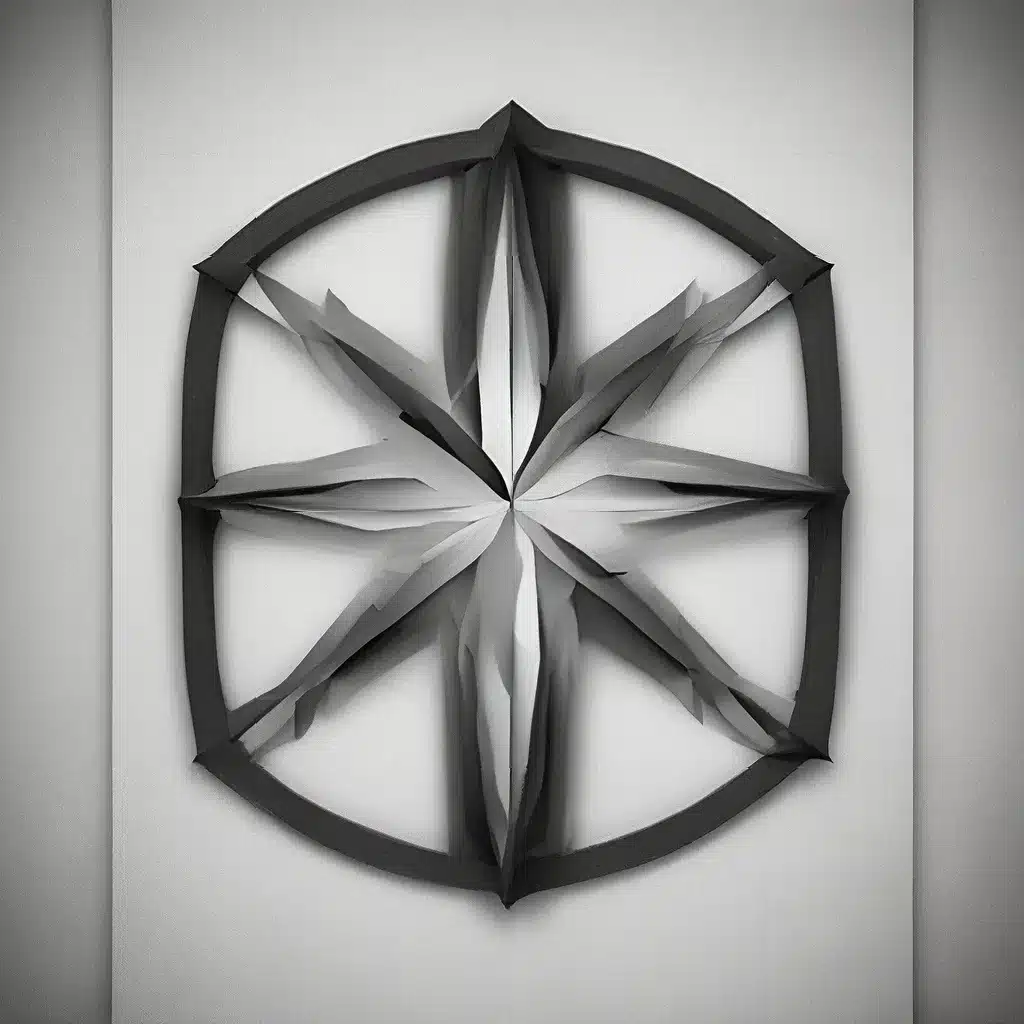Currently Empty: £0.00

The Allure of Balanced Design
As I lounge on my couch, gazing at the harmonious curves and clean lines, I can’t help but marvel at the inherent beauty of symmetry and simplicity. It’s a captivating dance between form and function, where every element seems to flow effortlessly into the next, creating a sense of balance and tranquility.
This isn’t just my personal preference – it’s a phenomenon that’s deeply rooted in nature and the way our minds process information. According to a recent study published in the Proceedings of the National Academy of Sciences, the natural world exhibits a distinct bias towards symmetrical and modular designs, even at the microscopic level of proteins and molecular structures.1 It’s as if Mother Nature herself has a penchant for the elegance of simplicity.
But what is it about these harmonious designs that captivate us so? As I delve deeper into the science behind it, I uncover a fascinating interplay between the way our brains process information and the inherent efficiency of symmetrical structures.
The Science of Symmetry
Imagine you’re tasked with tiling a floor – would you rather have a detailed set of instructions for a complex, asymmetrical pattern, or a simple set of repeating steps to create a symmetrical design? The answer seems obvious, and it’s the same principle that guides nature’s preference for symmetry.
“It’s much more efficient to follow an instruction that says do this and then repeat it x times than to follow all the detailed instructions required for a more complex asymmetrical shape,” explains Professor Ard Louis from the University of Oxford.2
This concept, known as algorithmic information theory, suggests that the complexity of an object can be measured by the length of its shortest description. A symmetrical pattern can be efficiently described in just a few steps, while an asymmetrical design would require a much lengthier and more intricate set of instructions.
It’s a bit like the difference between memorizing a simple melody versus trying to recall the notes of a random, disjointed sequence. The brain naturally gravitates towards the more streamlined option, as it’s easier to process and remember.
Symmetry in Design
This preference for symmetry and simplicity extends far beyond the natural world and into the realm of design, where it has long been a guiding principle for architects, engineers, and furniture makers alike.
Take, for example, the iconic designs of Sofa Spectacular, a leading custom sofa company in the UK. Their sofas embody a harmonious balance of form and function, with clean lines, gentle curves, and an undeniable sense of elegance.
“When we design a sofa, we’re not just considering aesthetics – we’re also thinking about the underlying structure and how it can be efficiently manufactured,” explains the company’s lead designer, Sarah. “Symmetry and simplicity play a huge role in creating a piece that’s not only visually appealing but also comfortable and durable.”
This approach is evident in the brand’s signature “Tranquility” sofa, which features a sleek, minimalist silhouette and a precisely symmetrical arrangement of button tufting. The result is a piece that exudes a sense of calm and sophistication, inviting you to sink in and let the stresses of the day melt away.
The Power of Narrative
But it’s not just the technical aspects of design that make symmetry and simplicity so captivating – there’s also a powerful narrative element at play.
“Symmetry and simplicity have a way of drawing you in, of creating a sense of balance and harmony that resonates on a deeper level,” says Sarah. “It’s not just about the physical form – it’s about the emotional connection that these designs can evoke.”
As I run my hand along the smooth, contoured armrest of the “Tranquility” sofa, I can almost feel the tension leaving my body. It’s as if the sofa itself is telling a story of serenity and relaxation, inviting me to become part of that narrative.
Striking a Balance
Of course, the world of design is not a binary between symmetry and asymmetry – there’s a delicate balance to be struck, and the most successful pieces often incorporate elements of both.
“Symmetry and simplicity provide a strong foundation, but you don’t want to go overboard and end up with something that feels too rigid or clinical,” Sarah explains. “The best designs find a way to incorporate just enough asymmetry and complexity to keep things visually interesting and engage the viewer’s senses.”
This is evident in the way Sofa Spectacular’s designers have incorporated subtle asymmetrical details, such as the gentle taper of the armrests or the slightly off-center placement of the button tufting. These small touches add a sense of dynamism and personality, preventing the overall design from feeling too static or monotonous.
The Art of Relaxation
As I sink deeper into the cushions of the “Tranquility” sofa, I can’t help but marvel at the way this piece of furniture has become a canvas for the interplay of symmetry and simplicity. It’s not just a functional object – it’s a work of art that invites me to slow down, to let my mind wander, and to find a moment of peace in the chaos of everyday life.
And in a world that often feels overwhelming and cluttered, that’s a gift that’s worth cherishing. So, the next time you find yourself drawn to a piece of furniture or architecture that embodies the elegance of balance and restraint, remember that it’s not just a matter of aesthetics – it’s a reflection of the way our minds crave order, harmony, and the simple pleasures that come from a well-designed world.

